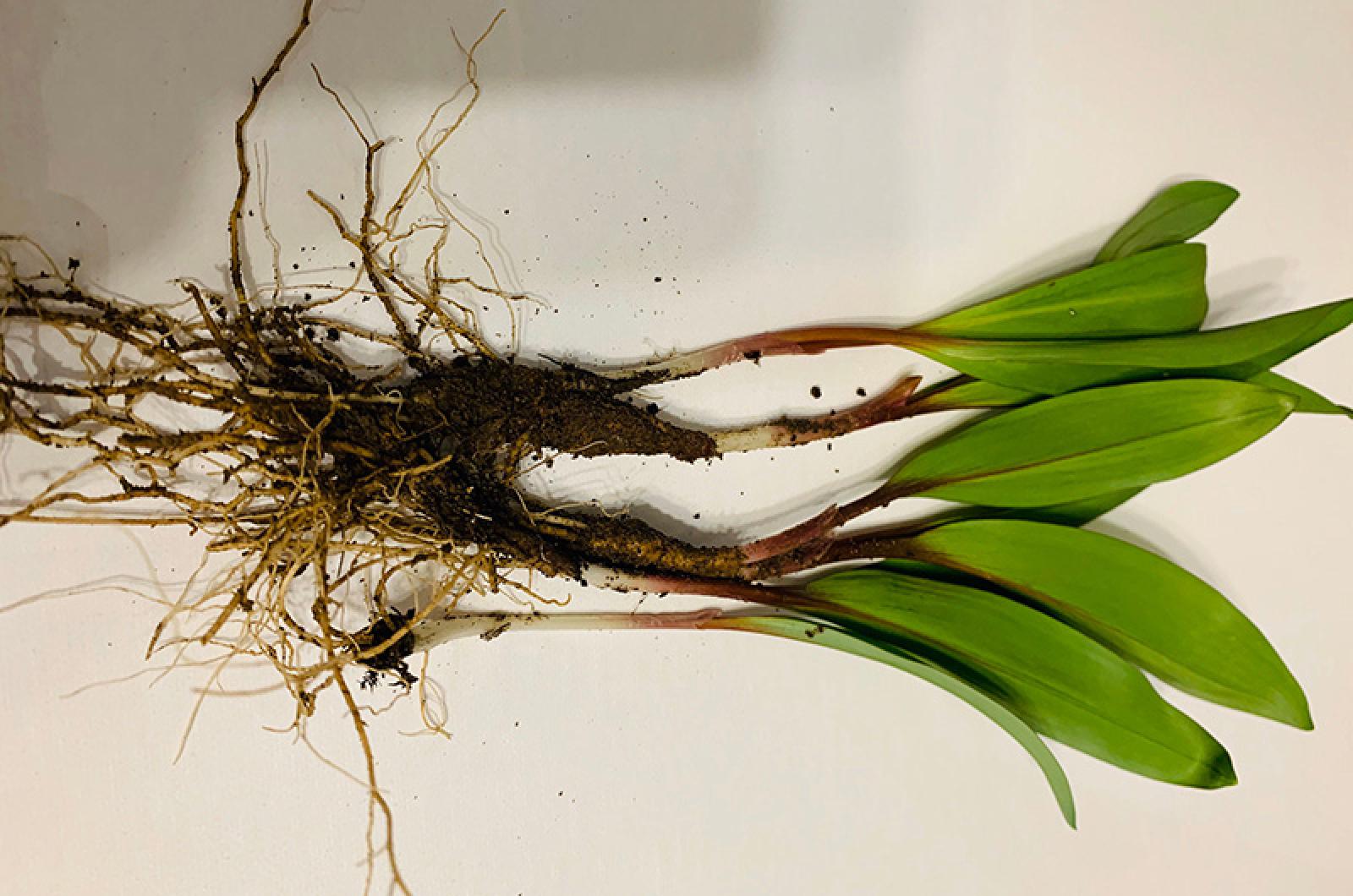There is no need to ramp up for the harvest if it is wild leeks that you seek.
Vineyard foragers won’t be successful in gathering ramps. Ramps, also called wild leeks, wild garlic, wild onions, ramson, spring onions, garlic of the woods, and scientifically Allium tricoccum, are not found on the Island.
To harvest ramps, one would have to go quite a bit further afield, since Nantucket, Cape Cod and the South Shore also lack the proper habitat, and thus, this spring green. Ramps do grow in northern and western Massachusetts and other areas throughout New England, in addition to northern, southern and western parts of the country.
Ramps have been called the “holy grail of wild edibles,” valued for their early harvestability, health uses, taste and historic and cultural significance. Ramp festivals celebrating this plant occur seasonally in the south.
After a long winter, this early (and free for the finding) green is a notable first food source, rich in vitamin C and considered a spring tonic for health and wellness. Native Americans used ramps to create concoctions to ward off winter ailments. Ramps were employed as a remedy for colds and croup, earaches, worms in children, as an emetic, and to relieve insect stings. The plant was known to clean out or purge the system, an old-fashioned cleanse or de-tox to reinvigorate the body and spirit.
Its popularity, plus certain botanic characteristics, have led to a significant decline in populations of this wild food. Rhode Island, Maine and Tennessee have listed this plant as a species of special concern, and collection in Quebec is banned.
A slow-growing species, ramps take five to seven years to reach maturity from seed. Further decelerating the process, seeds can take over a year to germinate, since they need a cold spell after a warm season (winter to summer to winter) to harden them. Ramps can also reproduce and multiply by their underground bulbs, however those bulbs are also prized by foragers along with the above-ground leaves.
Though they are one of the most overharvested wild foods, I am rooting for ramps. Suggestions for sustainable harvesting include collecting only one or two leaves per plant and leaving the bulbs intact (or at least leave the base of the bulb and roots) to allow the plant to regrow and spread. And be sure to wait to harvest the leaves until after the seeds have ripened. Reseeding the soils after digging them out can help encourage the next generation of ramps.
A study of populations of these plants show that a 10 per cent harvest once every 10 years is the maximum sustainable harvest. Consider cultivating them in your garden for a ready supply. Though it is difficult, some have had luck with this method. Or you can take a more extreme approach to the conservation of this species and simply resist the urge to take a leek.
Suzan Bellincampi is director of the Felix Neck Wildlife Sanctuary in Edgartown, and author of Martha’s Vineyard: A Field Guide to Island Nature and The Nature of Martha’s Vineyard.







Comments
Comment policy »